Jason Goodwin: 'What makes a garden is serendipity. Two plants grow together and a stray seedling springs up between them'
Jason Goodwin's garden tours have kicked off, leaving him musing on things unplanned.
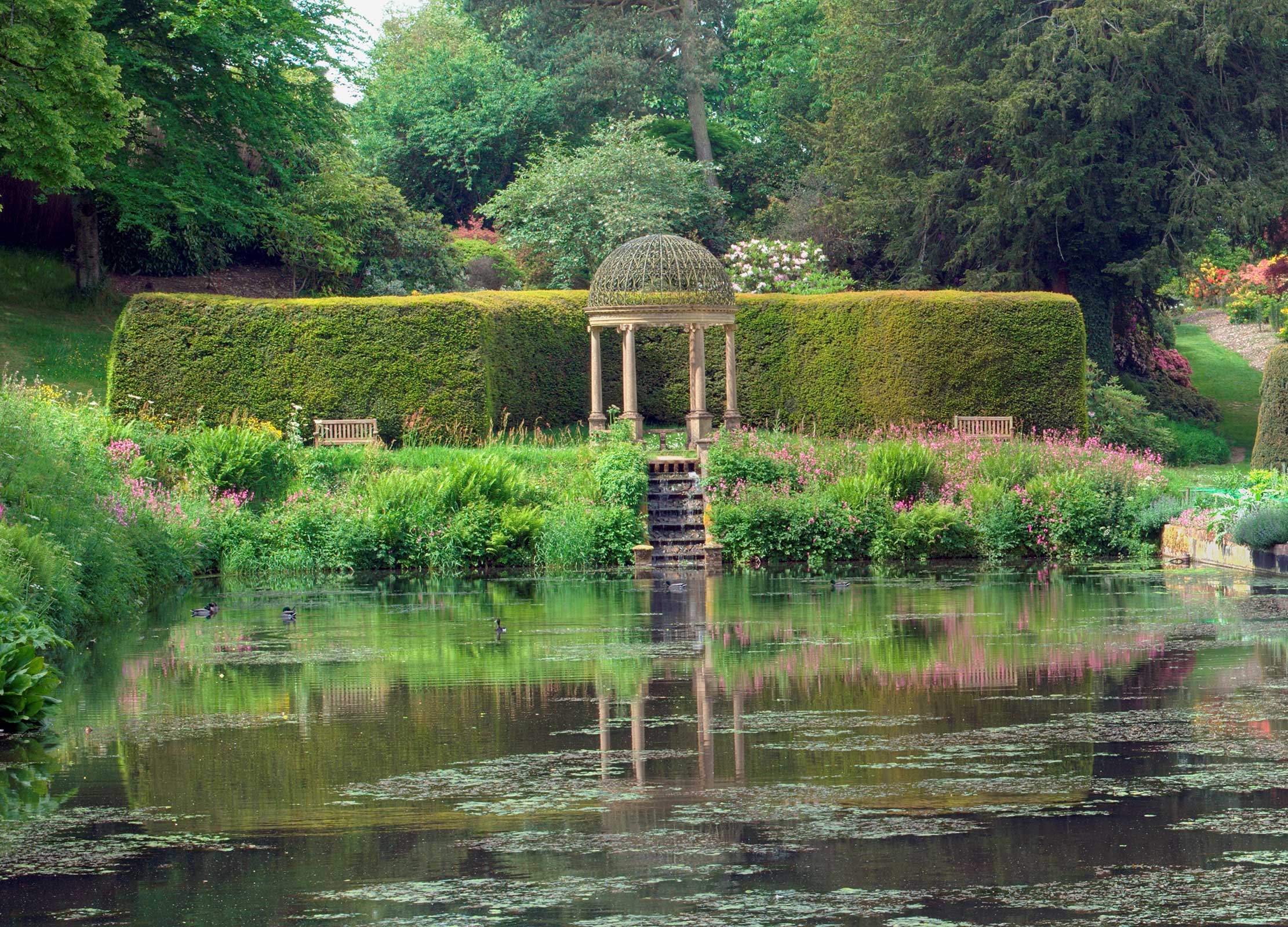
By the time you read this, G&T Garden Tours’s inaugural week, visiting some of the best gardens in the west of England, will be over, Instagram loaded with flowering Itoh peonies and cascading roses. The months of planning seem to be paying off. Touch wood.
Like any garden, a tour needs structure, or underpinning — it requires a design. That’s partly in the succession of gardens — private, intimate, grand — and partly in the manor where we stay, with its English garden, church, ancient doors, pargetting on the ceiling and mullions at the window, plus arresting paintings by its owner, Peter Hitchin, and a way-out zebra pattern on the landing ceiling.
Structure comes from Caroline and Claire cooking up a storm every evening and Hailey’s cakes arriving on the tea table. Darcy sees that table laid; Emily puts away breakfast. Although Goodwin and Tiffin, who give their initials to G&T, is an affiliation of teetotallers, we take advice where it is offered, and our tour sommelier, Johnnie Boden, chose our wines — Margaux, Burgundies and English fizz. He presented them with such charm and authority that nobody minded that they were, with that one exception, French and not — like many of our guests — New World. Those elements are the equivalent of hard planting and paths, the sculpted yew and a distant obelisk, through which a garden scrambles.
Even if you can draw it all out on squared paper, what makes a garden is serendipity. A gardener grows two plants together and a stray seedling springs up between them to complete the picture; the paths remain the same, but each year brings a surprise. I think gardeners, like sailors, are essentially harmonious. Some in our group are old friends, others have never met before; they come from the four corners of the earth and what unites them isn’t only an interest in plants, but curiosity about the world and a capacity for surprise. And jokes.
Few of our overseas visitors could have expected the Cerne Giant to be so, well, so giant, or to find the meat-eating plant Puya chilensis in a Dorset combe, hoping for a stray sheep to become impaled on its spikes. Nor could they guess they would drink from a spring that St Augustine summoned or be engaged in vigorous horticultural conversation by the châtelaine of the Abbey.
Julian and Isabel Bannerman, who conjure gardens from rough grass and words from deep places, drew us in with talk of church bells, roses in trees, of planting yew high. When, glass in one hand, cigarette in the other, Julian nudged a plant with his foot and said: ‘Can’t remember its name, doesn’t matter,’ we felt a sense of the oracular. The poet and traveller James Crowden, who knows everything about cider, stood under the Kingston Blacks in Tiffin’s orchard and recited a poem, fresh from his mind, which moved one visitor to unexpected tears.
These were things unplanned, which set the event tingling like a sudden summer breeze. I saw a hand-drawn sign in the village by the leftovers from a plant sale. There was rudbeckia and a deep-blue buddleia, a horse chestnut 2ft high and even a pink and slightly battered peony (plant in November, said the note), which were all exactly what I lacked. I left contemplating the tour and the treasures — the nut walks and bearded irises, tall buttercups and bluebells — and drove through a land that seemed to have been fashioned by a gardener’s hand, where cow parsley and red campion billowed from the verge and blossom tumbled from the trees.
Exquisite houses, the beauty of Nature, and how to get the most from your life, straight to your inbox.
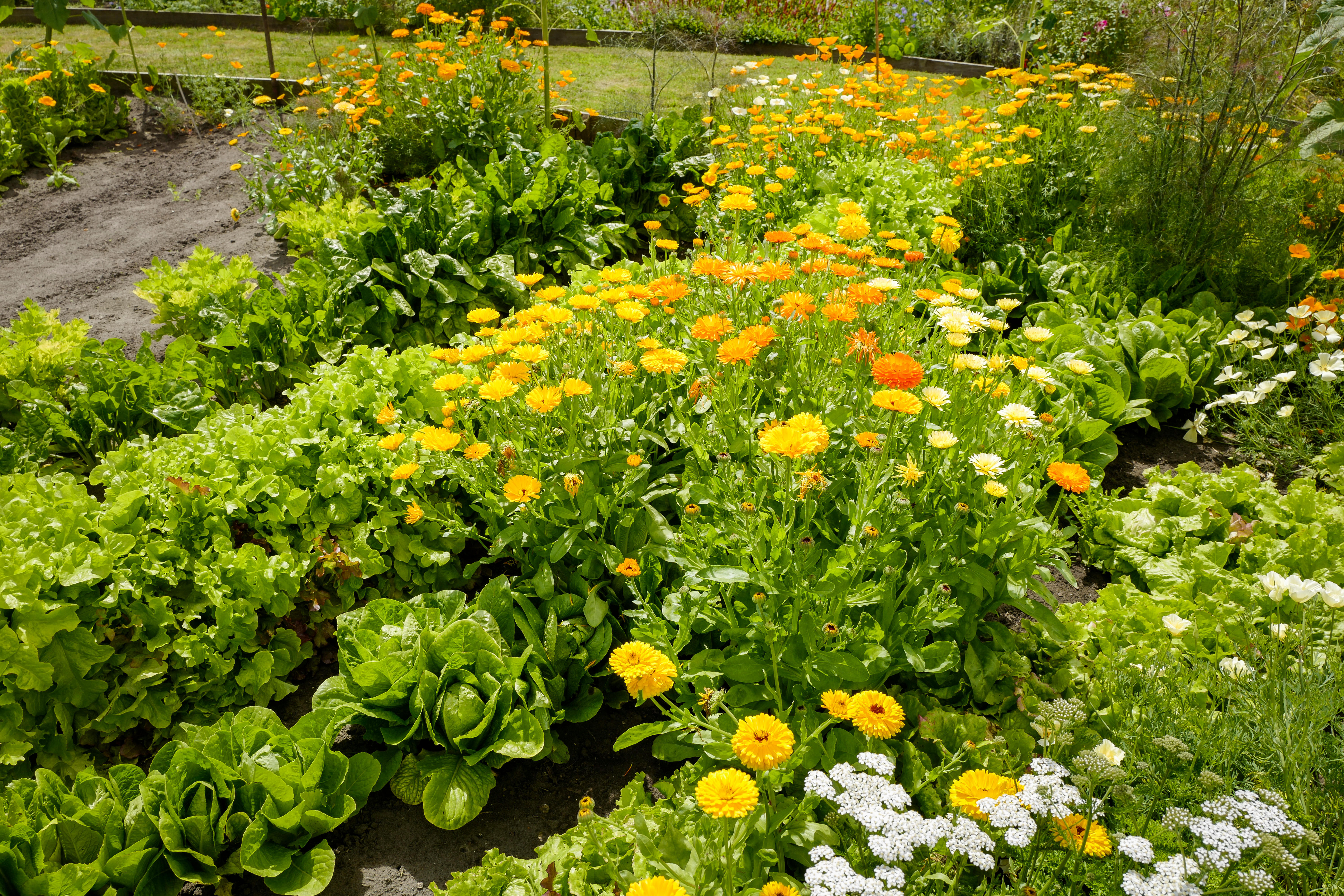
Credit: Alamy Stock Photo
Jason Goodwin: The half-term report of the keen amateur gardener
It might be the end of term for schoolchildren, but for gardeners across the nation we're very much only half-way

Credit: Getty Images/iStockphoto
Jason Goodwin: 'The very idea of stripes on a lawn made my German friend shudder'
Centrepiece of a classic English country garden, or bourgeois construct of the machine age? Our columnist Jason Goodwin takes aim
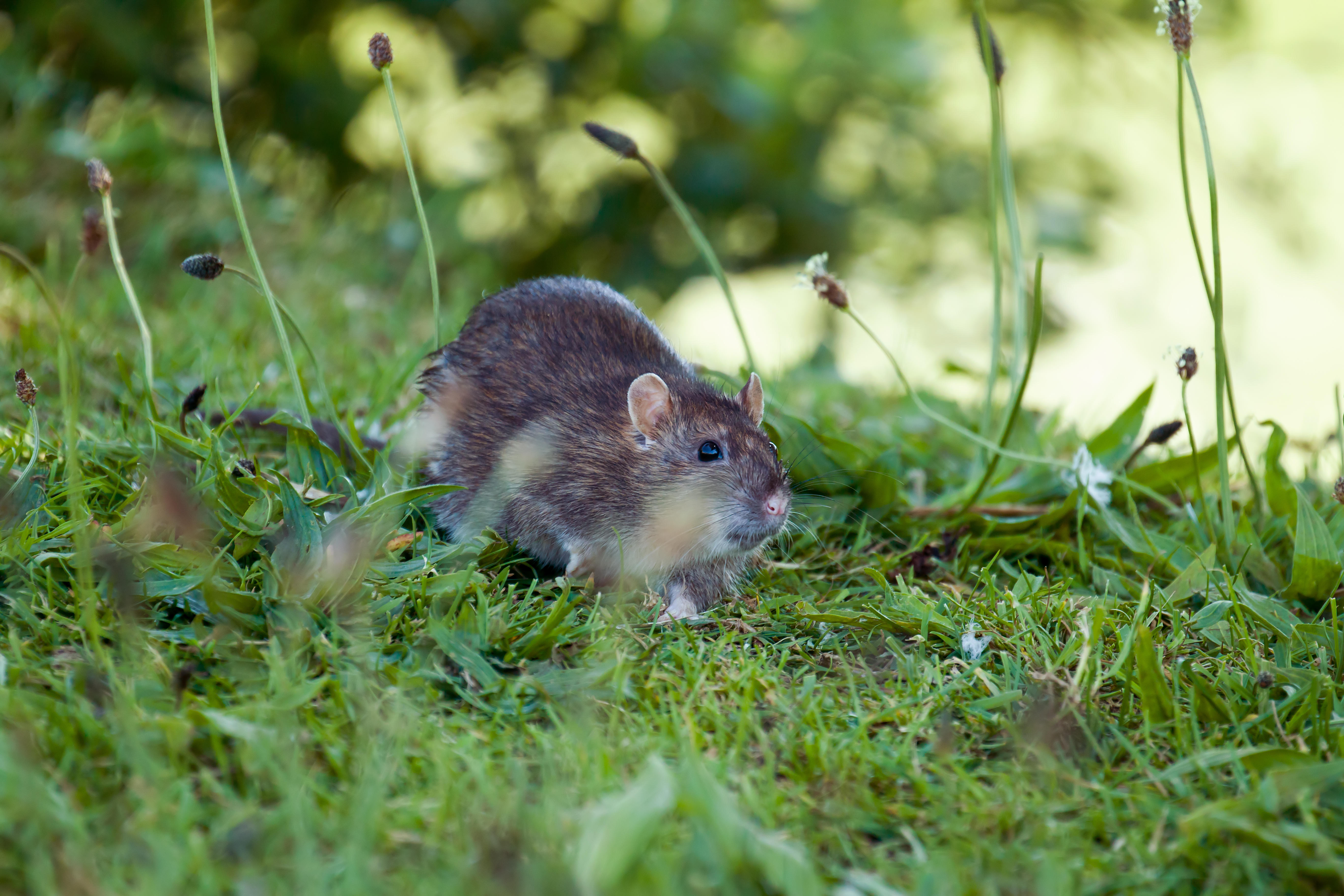
Credit: Alamy
Jason Goodwin: Is courtly communication the way to go when dealing with rodent pests?
Jason Goodwin discusses our long-standing tradition of courtesy with animals, and why he politely chose to ignore it when dealing

Jason Goodwin: 'I think about it when I’m on the stepladder, reaching out dangerously far to tweak a ripe fig'
Jason Goodwin tells our readers why he's now decided to give a fig about the ancient fruit that's been growing
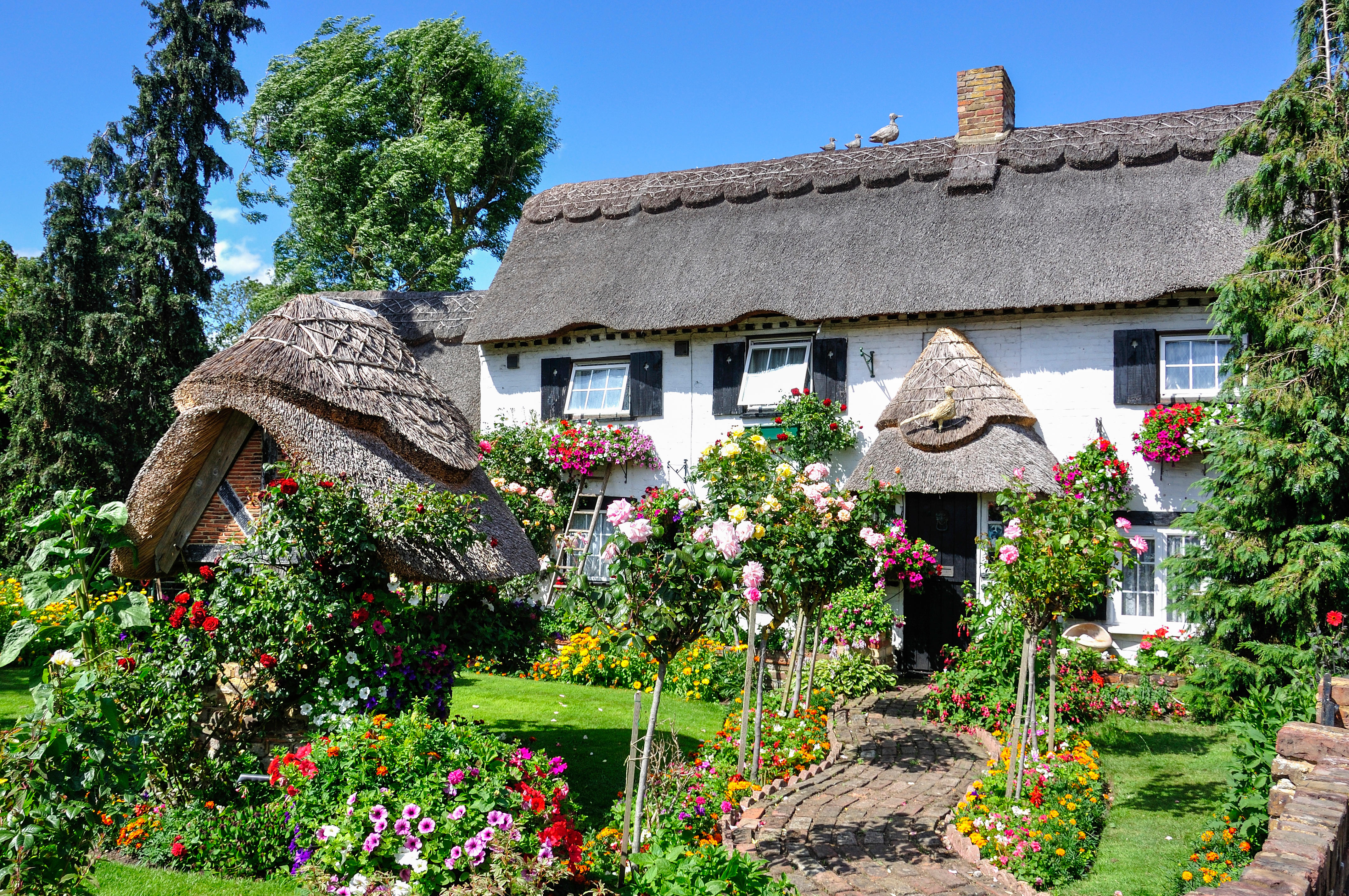
Credit: Alamy
Jason Goodwin: 'There's a hum about the whole house that reminds me of a great ship charting its course through the high seas'
The gardener’s lot is a happy one, says Jason Goodwin, even though you might end up with an inch of
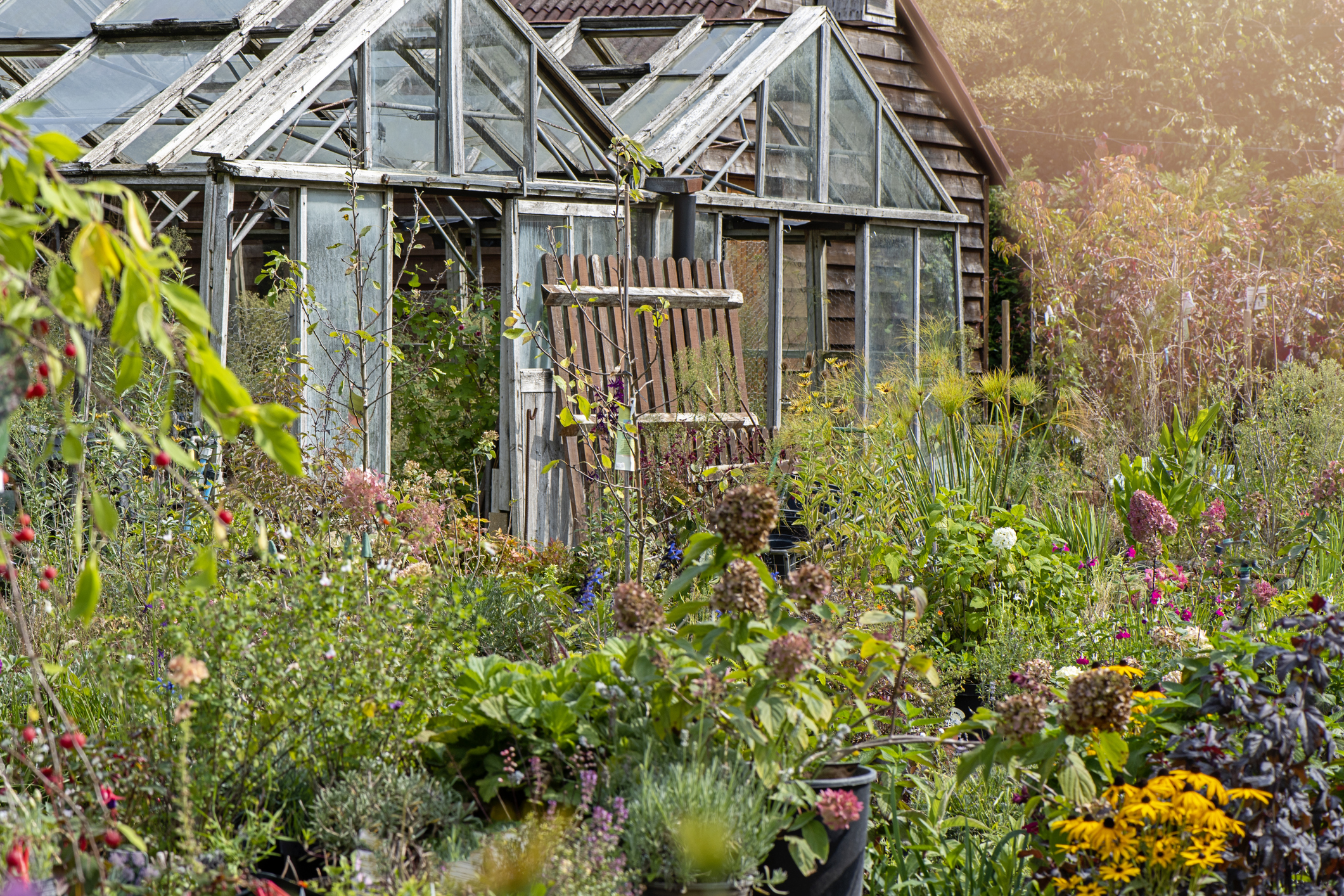
Credit: Jacky Parker / Getty
Jason Goodwin: 'My evenings spent sticking the pots together with Gorilla glue have been the most satisfactory of the season'
Jason's restorative handiwork gives him a thrill of satisfaction that no mere purchase could ever hope to equal.